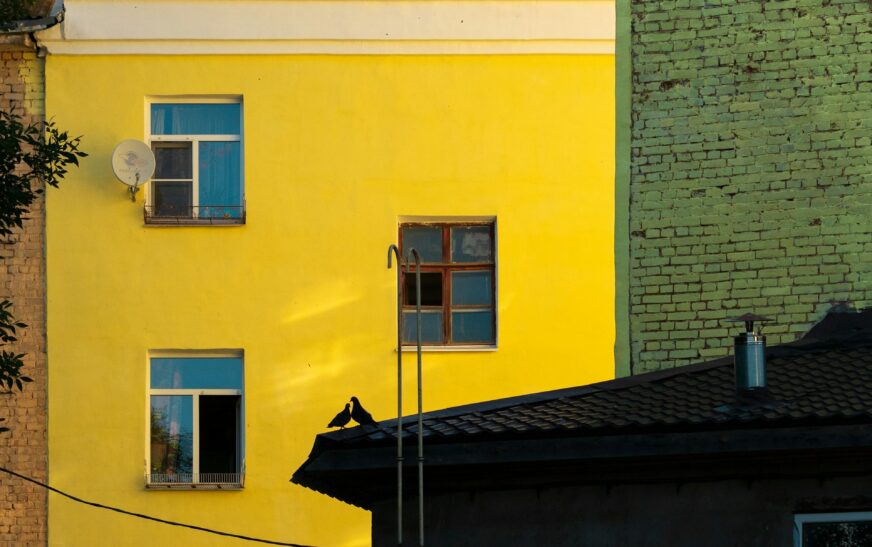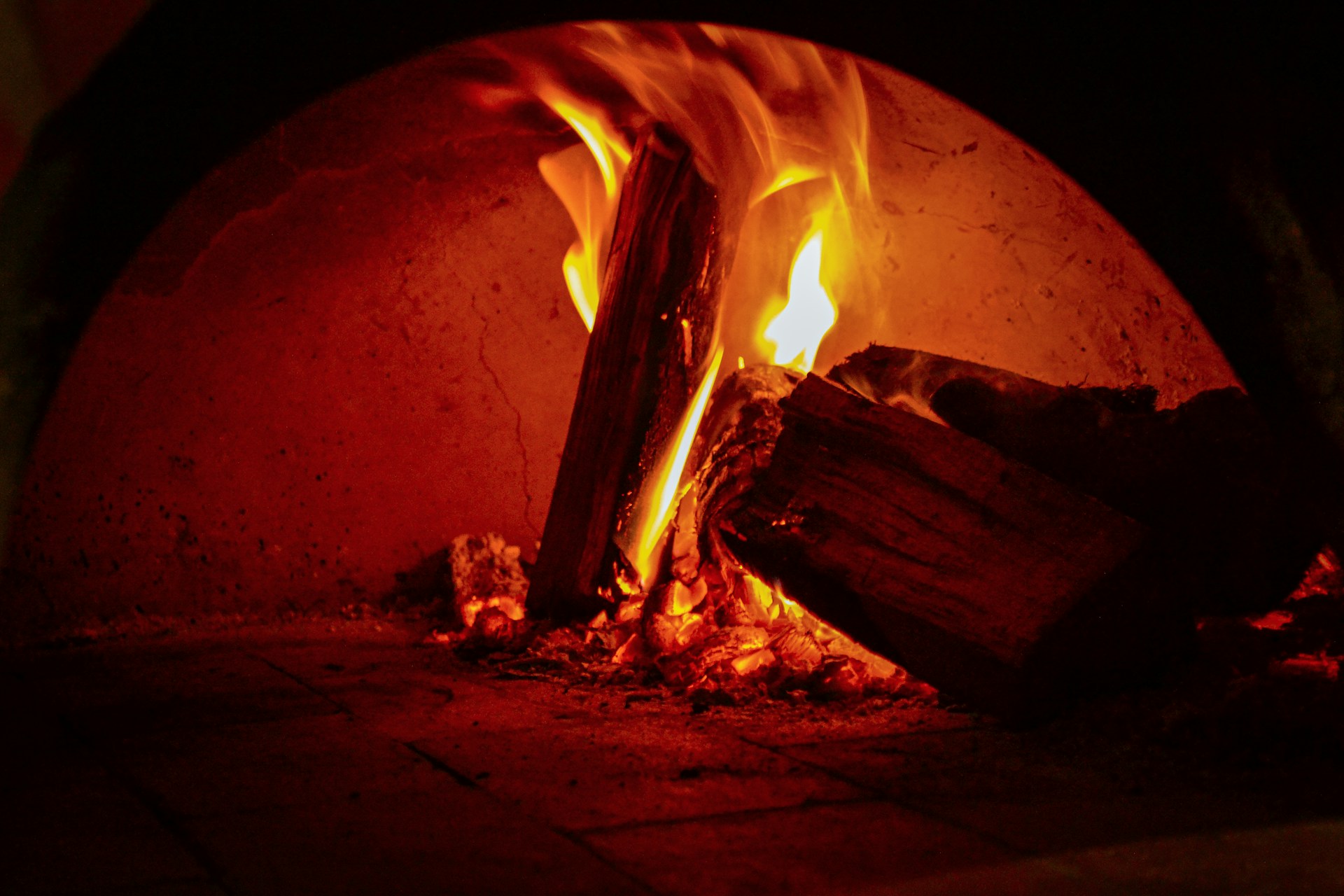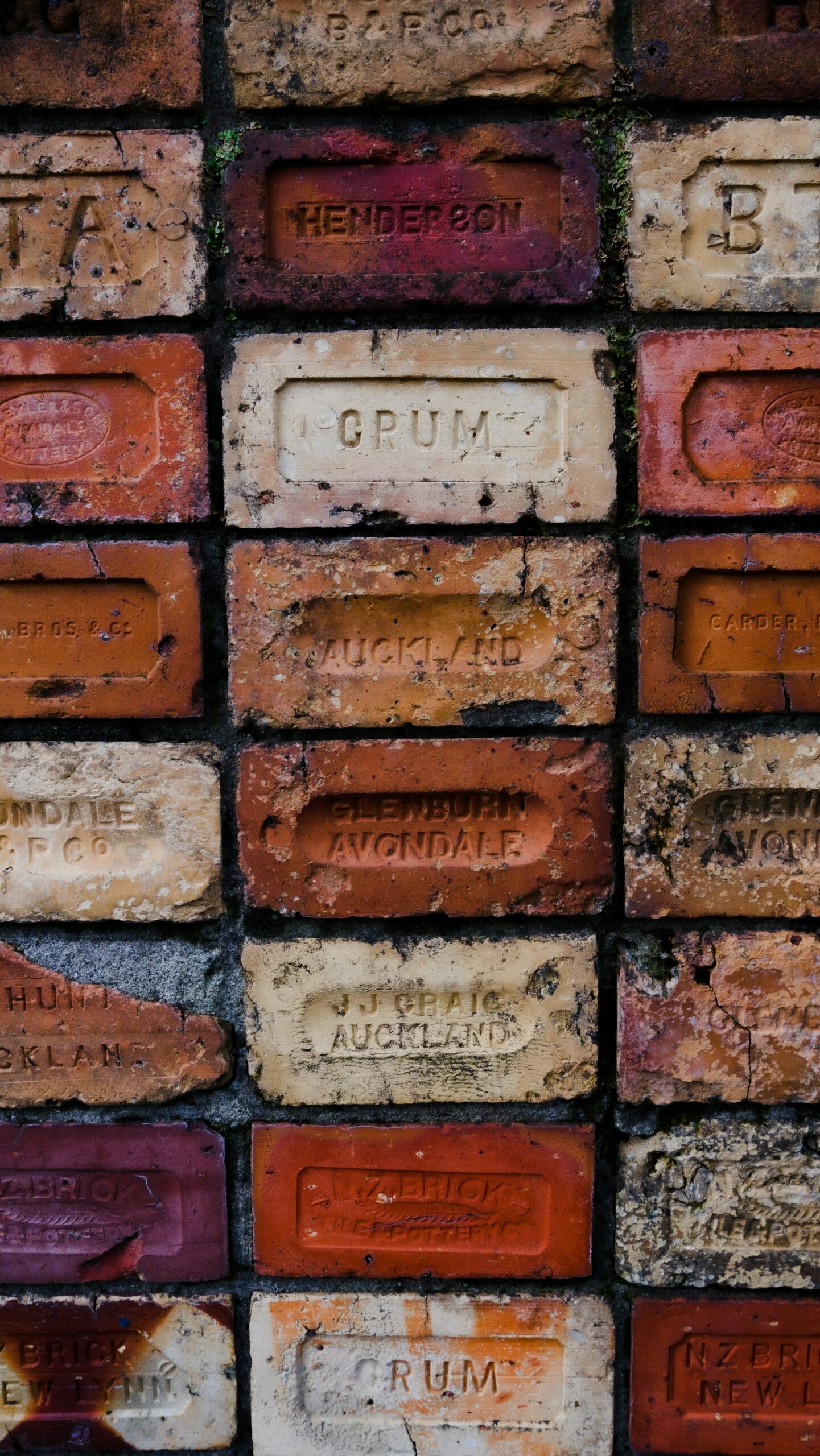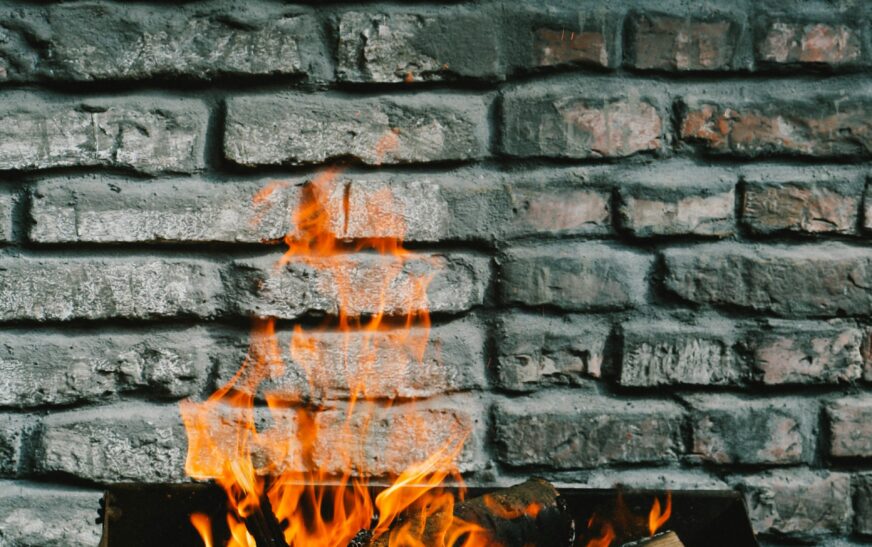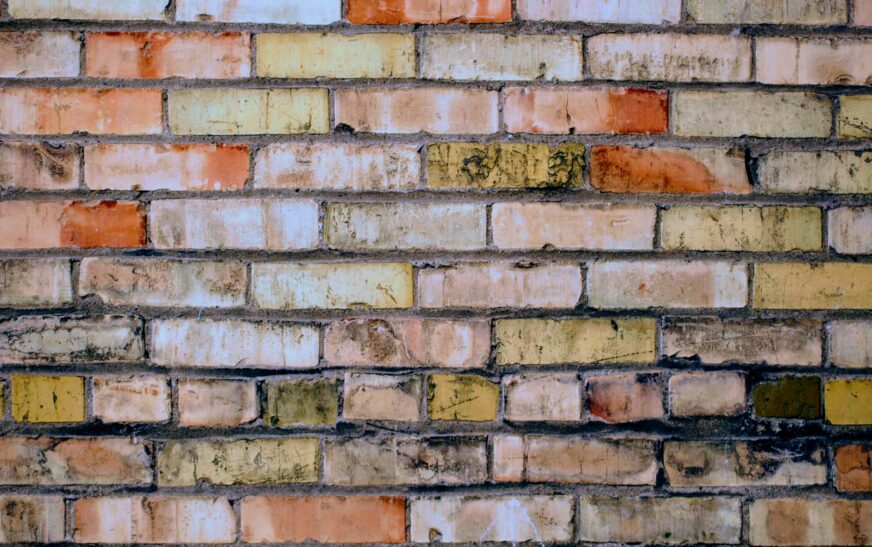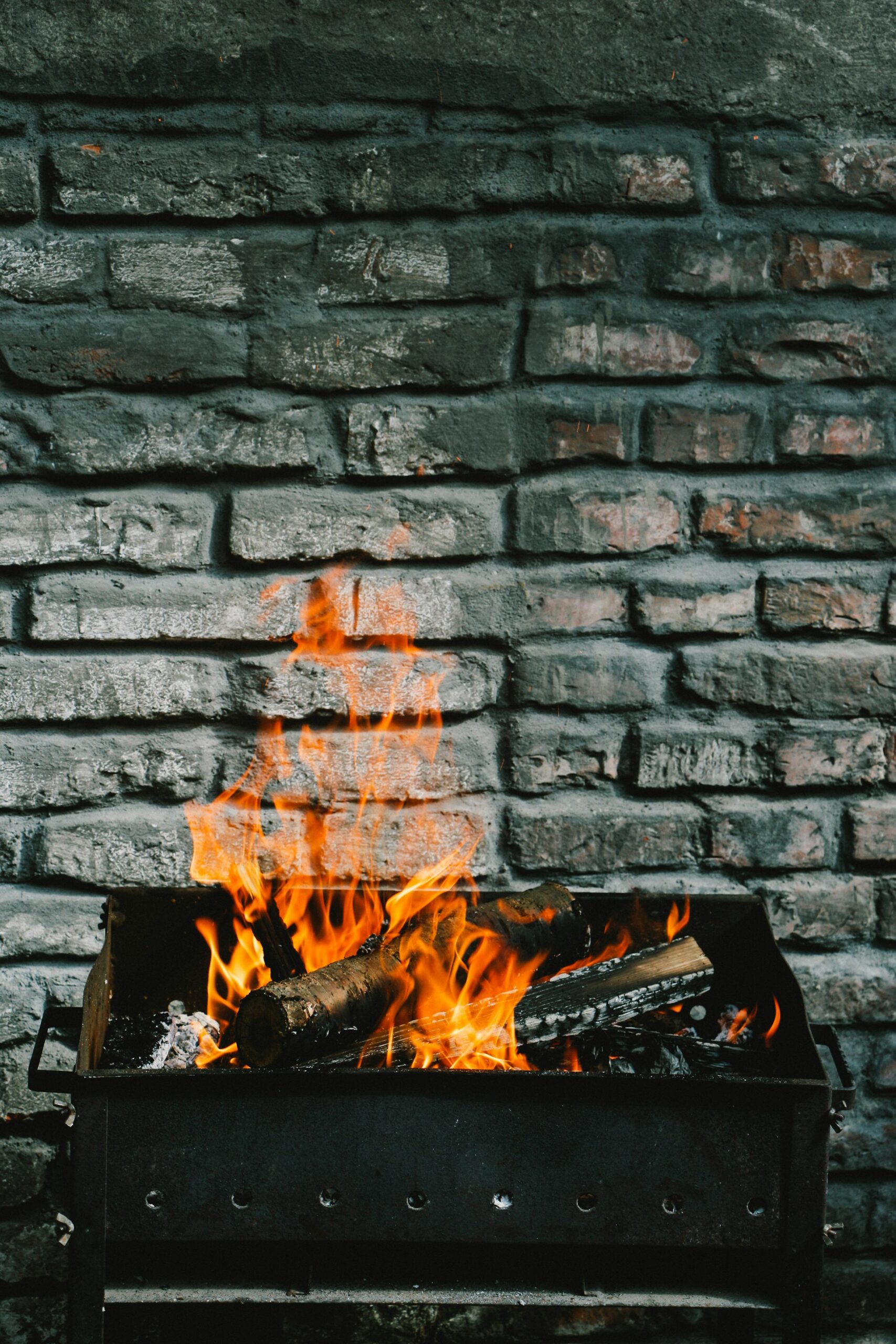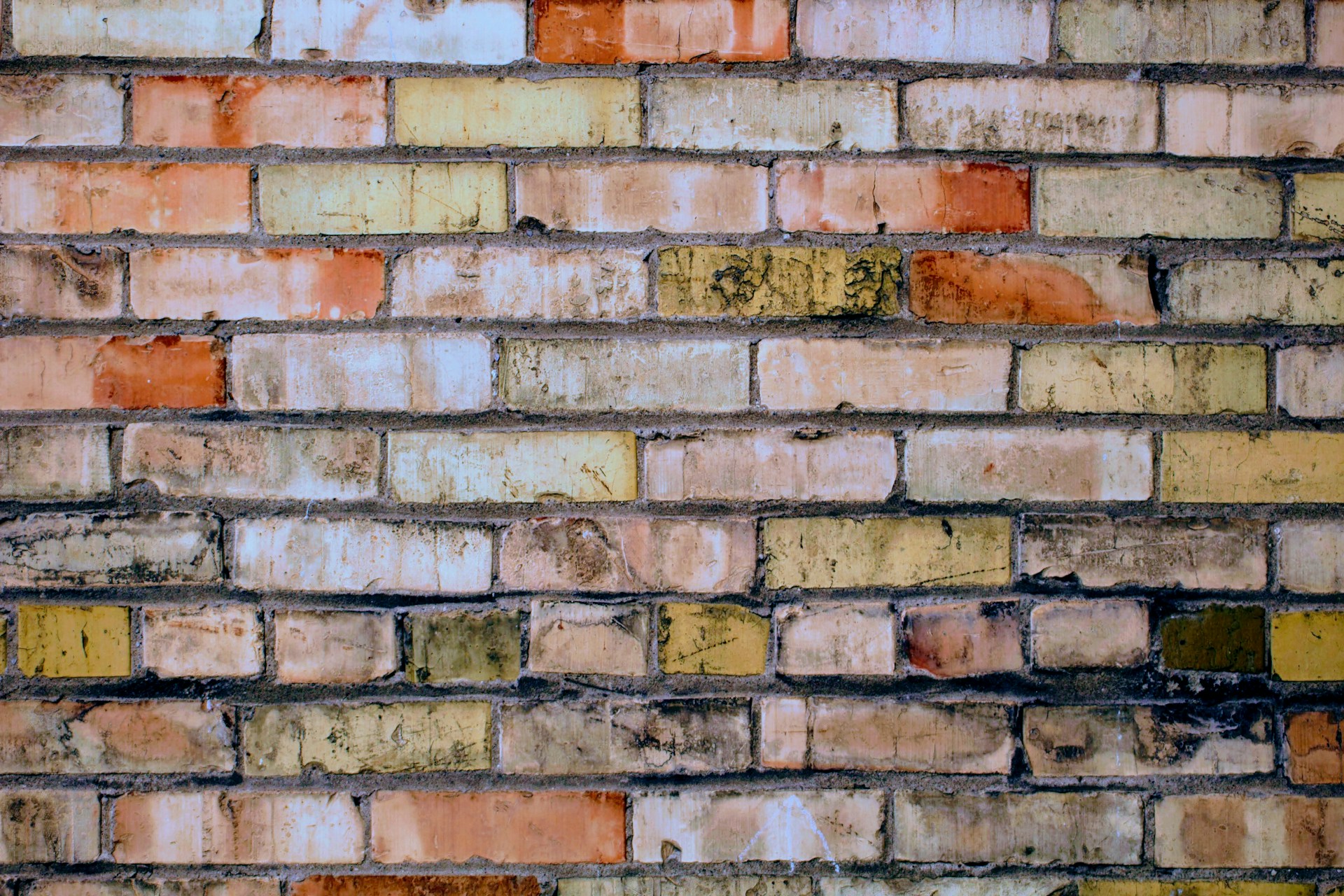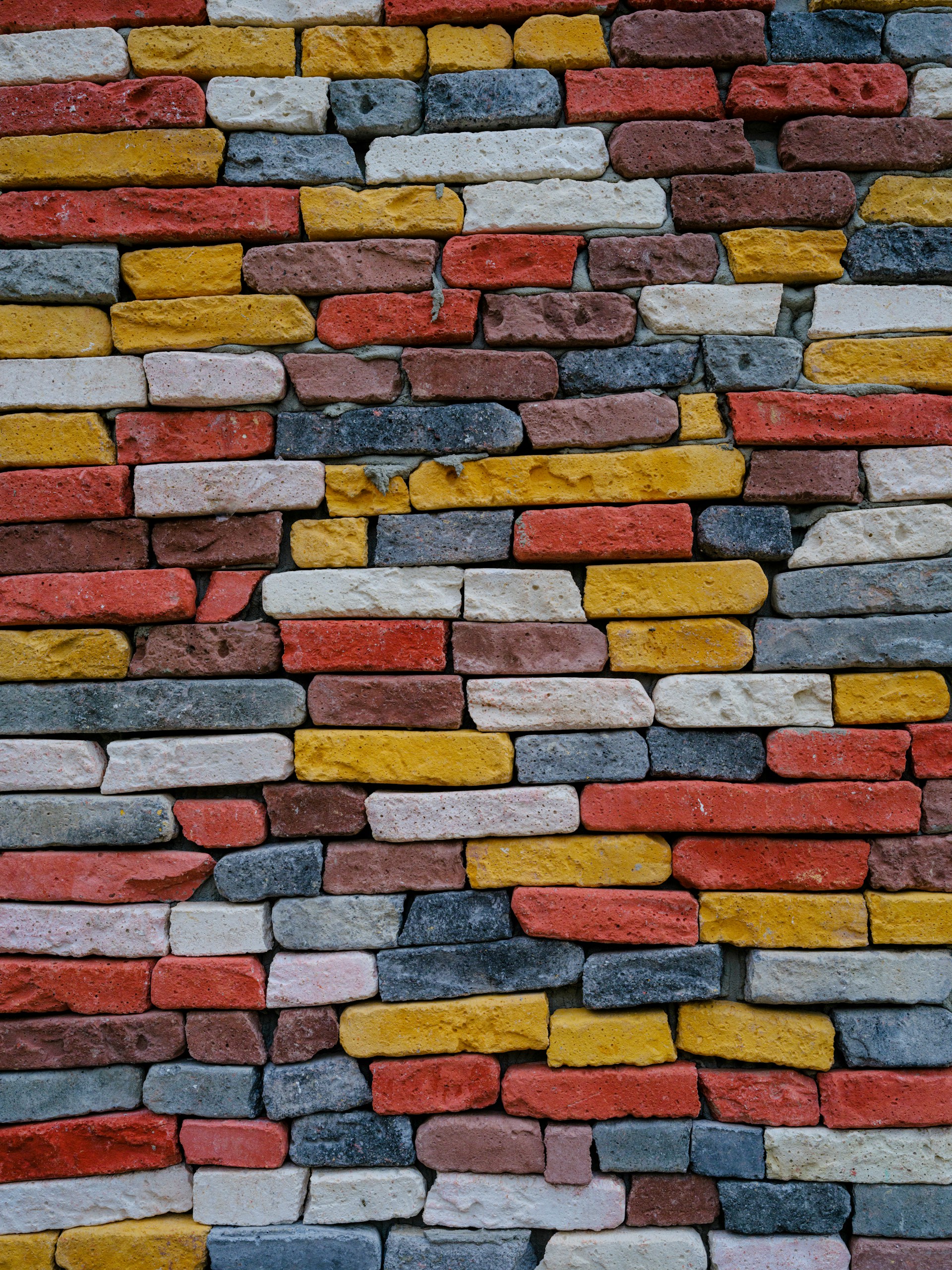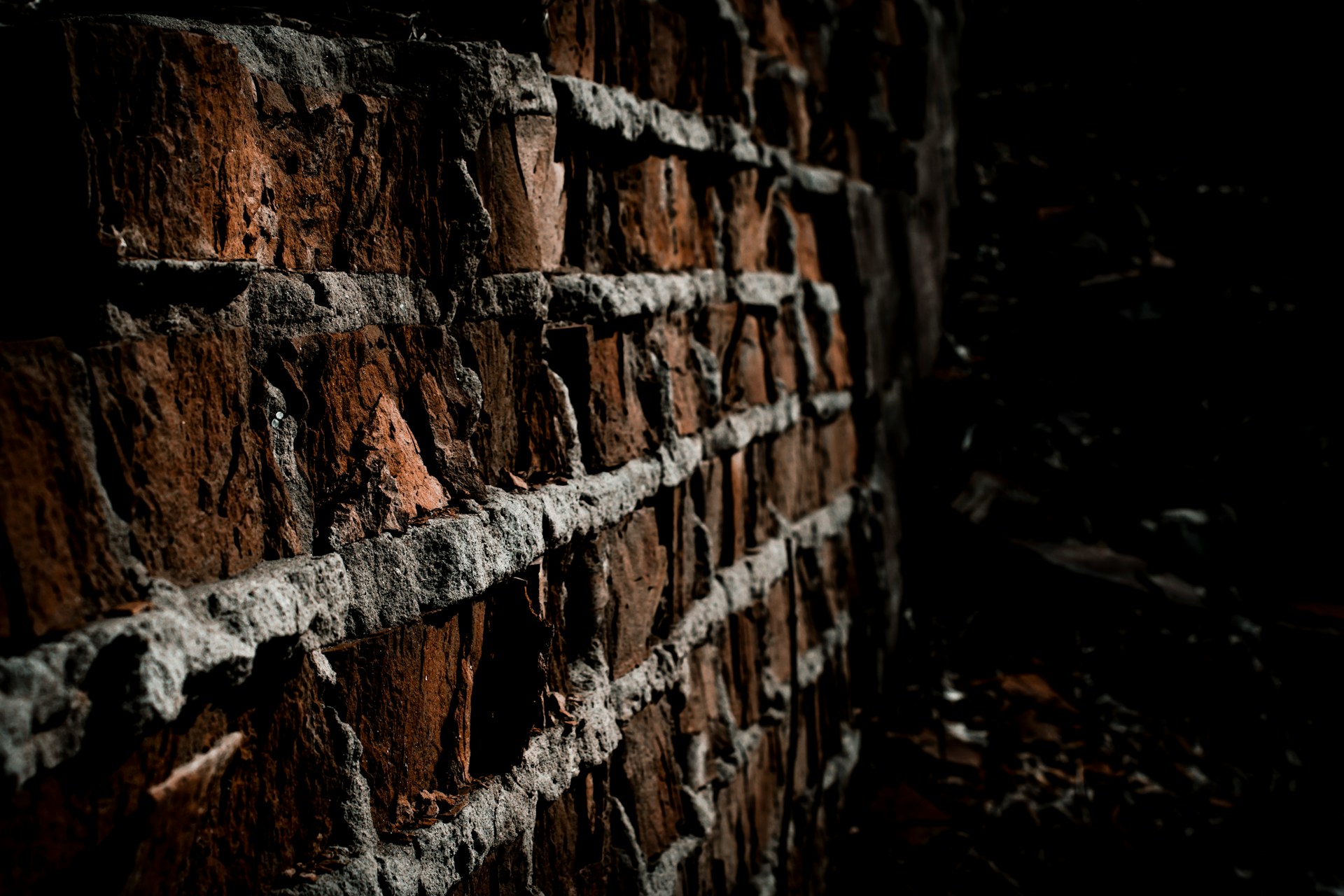Thinking about giving your brick house a facelift with paint? Solid move. A fresh coat can take your home from “meh, 1970s time capsule” to “modern Pinterest board.”
The Real Cost of Painting a Brick House
But if you’ve already started Googling “average cost to paint a brick house” hoping for a quick number—sorry to disappoint. There’s no single magic figure. The price depends on a messy mix of prep work, house size, paint type, and even your climate.
Let’s break it down, step by step.
1. Brick Condition & Prep Work: The Sneaky Price Tag
Before you even crack open a paint can, the brick itself needs attention. Not all brick is ready for its makeover close-up.
- Already painted? Old, peeling layers need to be stripped first.
- Dirty or moldy? Cue the pressure washer (or chemical cleaning).
- Cracks or failing mortar? Repairs come first—or your new paint will fail fast.
Prep is non-negotiable. Skip it, and you’ll be repainting way sooner than you’d like.
2. House Size & Design Complexity
A simple one-story ranch? Pretty straightforward.
A three-story with arches, gables, and dramatic trim? That’s a different ballgame.
The more brick surface (and the fancier the architecture), the more time, labor, and paint you’ll need. Flat walls = quick. Ornate trim and recessed sections = slow and strategic.
Translation: the more Instagrammable your house, the higher the paint bill.
3. Choosing the Right Paint
Brick is picky. Slap on the wrong stuff, and you’ll get peeling, blistering, or worse—moisture damage. The good options are:
- Mineral-based paint – Bonds with brick, breathable, lasts decades.
- Acrylic masonry paint – Flexible, durable, and reliable (with primer).
- Elastomeric coatings – Thick and waterproof… but risky if they trap moisture.
Bottom line: only use breathable, masonry-specific paint. Anything else is asking for a redo.
4. Weather & Environment
Where you live plays a huge role in both cost and longevity.
- Humid or coastal areas: Salt + moisture = faster wear.
- Freeze-thaw climates: Water expands in the brick, leading to cracks and ruined paint.
- Hot, sunny regions: Dark colors fade faster.
Even timing matters—too hot, too cold, or too damp and your paint won’t cure properly.
5. Application Method: Spray, Roll, or Brush?
Painting brick isn’t like painting drywall. It’s rough, porous, and has lots of crevices. Each method has pros and cons:
- Brushing: Great for detail work but sloooow.
- Rolling: Covers flat areas but misses mortar lines.
- Spraying: Fast, even coverage, but usually needs back-rolling to push paint into the nooks.
Most pros use a combo of all three for the best results.
Read More : How Long Does Brick Paint Last? Understanding Lifespan, Factors & Maintenance
6. Maintenance: The Long Game
Painting brick isn’t a “one and done” situation. Even with a pro job, you’ll need to:
- Wash it occasionally (dirt + mildew show fast).
- Touch up chips and flakes as they appear.
- Plan for a full repaint every 10–20 years, depending on climate and paint quality.
Think of it less like a one-night makeover and more like a long-term relationship—you’ve got to put in a little work to keep it looking good.

